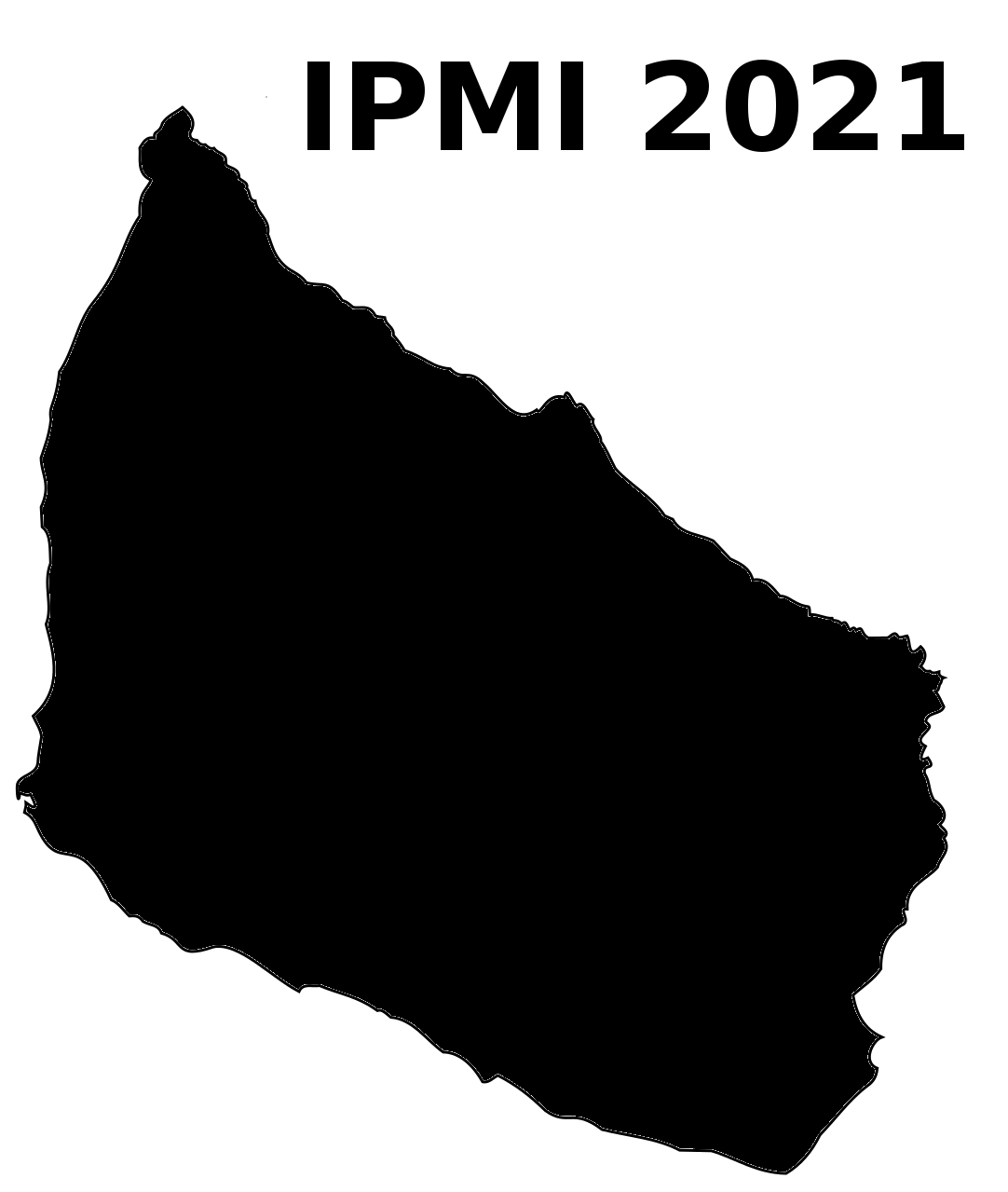Authors: Klemens Kasseroller (Graz University of Technology)*; Christian Payer (Graz University of Technology); Franz Thaler (Institute of Computer Graphics and Vision, Graz University of Technology); Darko Stern (Medical University of Graz)
Abstract: We propose a reinforcement learning (RL) based approach for anatomical landmark localization in medical images, where the agent can move in arbitrary directions with a variable step size. The use of continuous action space reduces the average number of steps required to locate a landmark by more than 30 times compared to localization using discrete actions. Our approach outperforms a state-of-the-art RL method based on discrete action space and is inline with the state-of-the-art supervised regression based method. Furthermore, we extend our approach to a multi-agent setting, where we allow collaboration between agents to enable learning of the landmarks’ spatial configuration. The results of the multi-agent RL based approach show that the position of occluded landmarks can be successfully estimated based on the relative position predicted for the visible landmarks.
